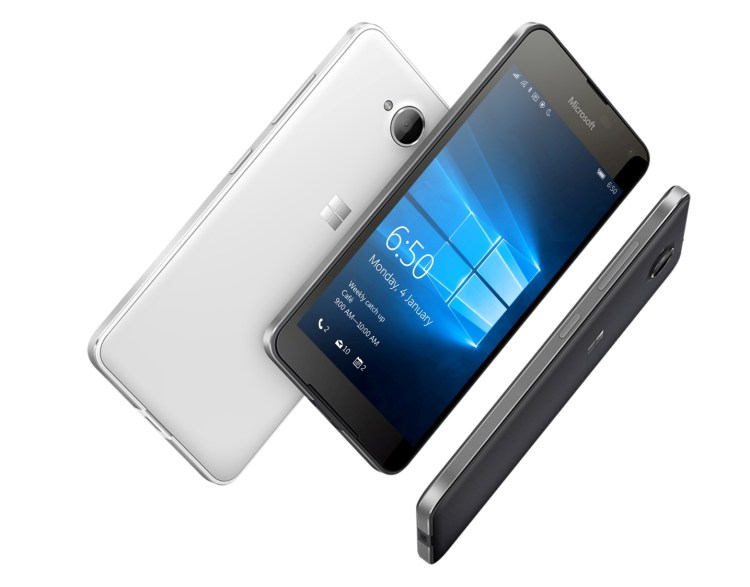As we revealed yesterday, Microsoft today started rolling out Windows 10 Mobile to existing Windows Phone 8.1 devices. Specifically, Microsoft is starting with the following 18 phones: Lumia 1520, 930, 640, 640XL, 730, 735, 830, 532, 535, 540, 635 (1GB), 636 (1GB), 638 (1GB), 430, 435, BLU Win HD w510u, BLU Win HD LTE x150q, and MCJ Madosma Q501.
A handful of devices have already shipped with Windows 10 Mobile (the Lumia 950, 950 XL, 650, 550, Xiaomi Mi4, and Alcatel OneTouch Fierce XL). But this is for existing Windows Phone devices — Microsoft originally planned to start upgrading them in December 2015, but ended up delaying the process until Q1 2016. Internally, the timeframe became February and then March. Here we finally are.
To upgrade, you can download the Windows 10 Upgrade Advisor app from the Windows Store. It will tell you if the upgrade is available for your device (select “Enable Windows 10 upgrade” if it is) and what you’ll need to do.
Microsoft also recommends the following steps to get your device ready for the upgrade:
- Plug your phone into a charger to make sure it doesn’t run out of battery during the upgrade.
- Connect your phone to a Wi‑Fi network. Because of the size of the update, a Wi‑Fi connection is required for download and installation.
- It’s a good idea to back up your settings, apps, photos, and text messages to the cloud before installing the update. To set up backups, on Start Start icon, swipe over all to the All apps list, and then select Settings Settings app icon > Backup, and then follow the instructions.
- Free up enough storage space to download and install the update. You can use the Upgrade Advisor app and it will recommend files, such as videos or photos, that you can move to OneDrive or an SD card, if you have one installed. You can also connect your phone to a PC and move your files there. After the upgrade, you can move files back to your phone if there’s enough space.
Microsoft is not rolling out Windows 10 Mobile to all Windows Phone devices. The list is limited because the company doesn’t want older devices to run Windows 10 Mobile if the resulting experience is worse than with the existing operating system version:
This list includes a limited set of Windows Phone 8.1 devices and does not include some devices that are currently running Windows 10 Mobile in the Windows 10 Mobile Insider program. As Windows 10 delivers significant new innovations, many older devices are not able to successfully upgrade without an impact on the customer experience. Our goal is to only offer the Windows 10 upgrade to devices that we are confident can continue to deliver a good customer experience.
Windows 10 Mobile includes a bunch of new features, including a new Start screen, an improved Cortana, better Live tiles, wider app support, Windows Hello, and Continuum. Some of these features, like the last two, require certain hardware so they won’t necessarily be available on your phone even if it gets upgraded to Windows 10 Mobile.
Because this is Windows 10, it should also mean more frequent updates. Based on how long it took Microsoft to get Windows 10 Mobile out to these phones, though (remember that the Lumia 950 and Lumia 950XL shipped in November), we’re not holding our breath.
VentureBeat's mission is to be a digital town square for technical decision-makers to gain knowledge about transformative enterprise technology and transact. Learn More

